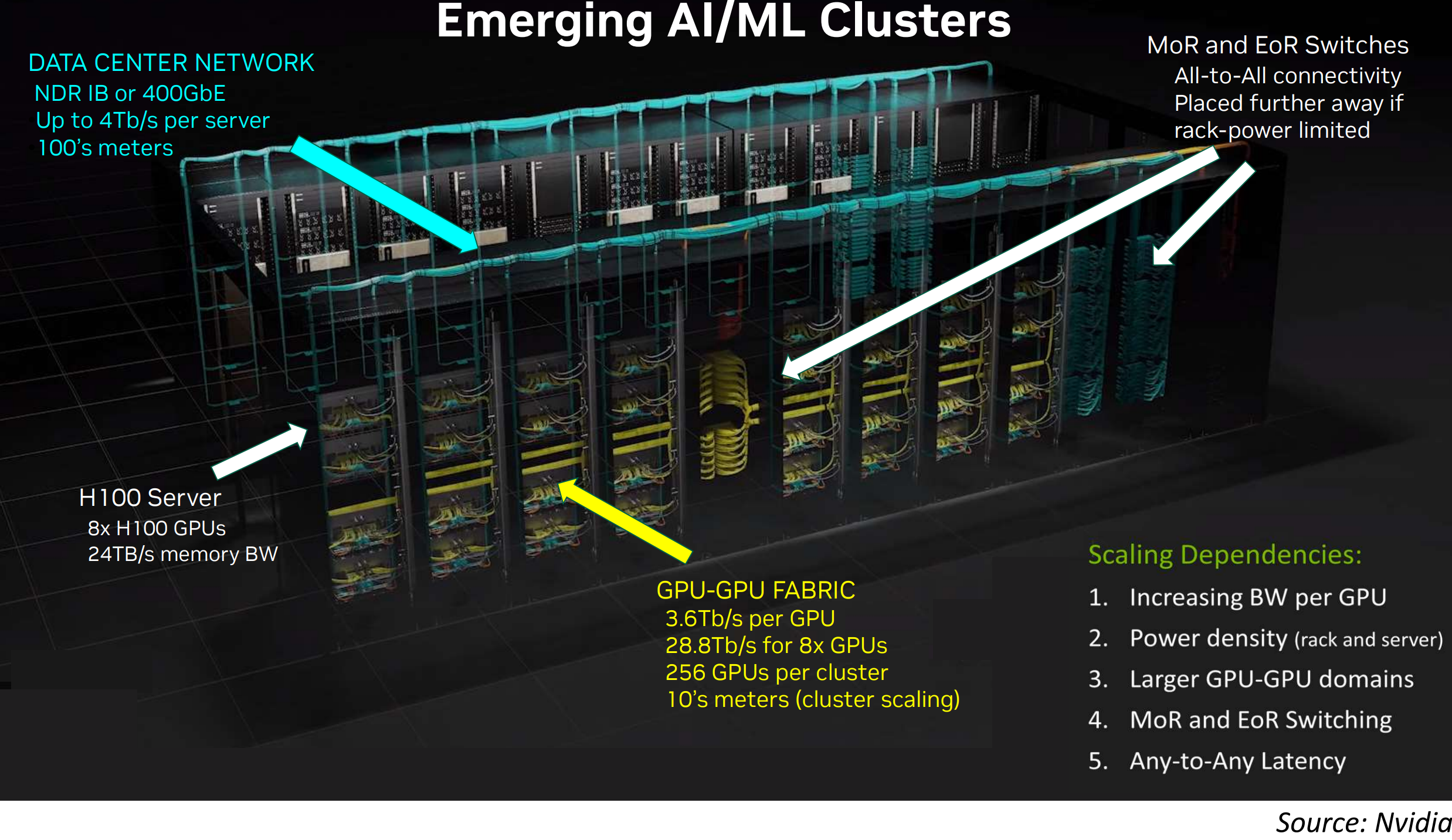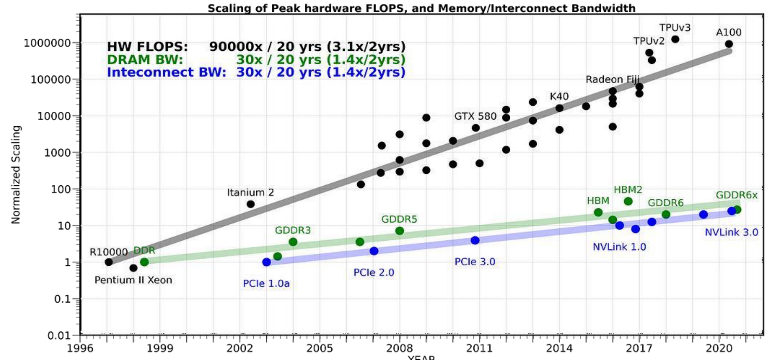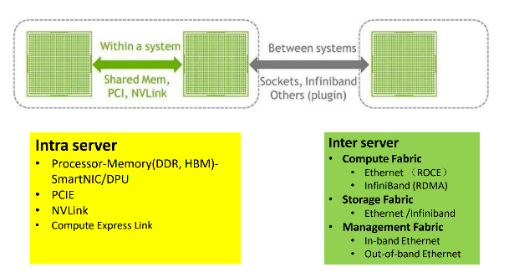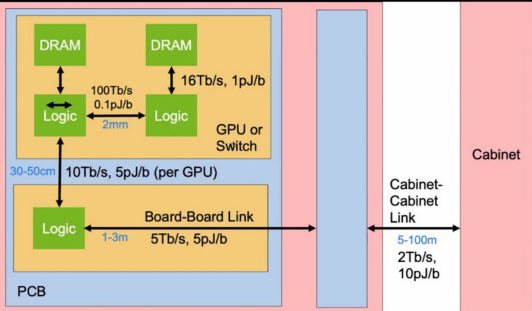AI Data Centers
With the development of artificial intelligence, especially the release of ChatGPT in August 2022. The recognition of AI's potential to revolutionize industries, streamline processes, and unlock unprecedented insights has propelled a surge in investments. Governments and businesses worldwide are allocating substantial resources to research, development, and implementation of AI technologies, fearing the consequences of lagging behind in this competitive landscape. The fear of missing out on the benefits of AI, ranging from enhanced productivity to innovative solutions, has become a powerful motivator, shaping strategic decisions and policies across diverse sectors. This global race underscores the urgency and significance attached to establishing AI supremacy, as stakeholders aim to harness the full potential of artificial intelligence for economic, strategic, and technological advantage.
(Since the launch of ChatGPT in August 2022, there's been a big realization about how AI can change industries and make things more efficient. Governments and businesses all around the world are spending a lot on AI research and development because they don't want to fall behind in the competition. Everyone's afraid of missing out on the benefits of AI, like getting more work done and finding new solutions, so they're racing to be the best for economic, strategic, and tech advantages.)
The figure below presents our forecast for sales of Ethernet optical transceivers, including an estimate for the contribution of optical connectivity for AI clusters to this market. Total sales of optical transceivers for applications in AI clusters will add up to $17.6 billion over the next 5 years – indeed a very large number, considering that all other applications of Ethernet transceivers combined will generate $28.5 billion over the same period.
(Source: Lightcounting).
As AI algorithms process vast datasets, fiber optic connections provide unparalleled data transfer speeds, ensuring efficient training and inference processes. These connections serve as the backbone for interconnecting AI clusters, supporting seamless communication between nodes and enhancing overall system efficiency. Fiber optic connections are vital for data centers hosting AI workloads, enabling responsive data storage and retrieval. Additionally, they play a crucial role in supporting emerging AI technologies, including edge computing, where real-time decision-making is paramount. As AI technologies continue to advance, the Fiber Optic Connection market is poised to grow, reinforcing its foundational role in powering AI-driven innovation globally.
(Fiber optic connections are essential for AI algorithms, ensuring speedy data transfer for efficient training and inference processes. Serving as the backbone for AI clusters and supporting emerging technologies like edge computing, fiber optics play a vital role in powering AI-driven innovation globally.)
In the context of Artificial Intelligence (AI), the Fiber Optic Connection market has become indispensable for facilitating the high-speed and reliable data transmission crucial for AI applications.
Communication wall in the AI datacenter
Over the past two decades, the remarkable advancements in Hardware Floating Point Operations Per Second (HW FLOPS) have seen an extraordinary increase of approximately 90,000 times.
This exponential growth reflects the relentless pursuit of higher computational power, driven by innovations in processor architectures and parallel processing capabilities. However, this surge in FLOPS has not been matched at the same scale by improvements in Dynamic Random Access Memory (DRAM) bandwidth and interconnect bandwidth, which have experienced a comparatively modest increase of around 30 times over the same period. This stark disparity highlights a growing gap between processing power and the ability to efficiently move and manage data within computing systems.
While technologies like NVLink, InfiniBand, and other high-speed interconnects have traditionally been utilized to address the communication demands of AI clusters, the evolving complexity of AI workloads has revealed potential limitations in meeting the escalating requirements for data transfer and interconnect bandwidth.
Copyright © Samba Labs
Fast Navigation
—





